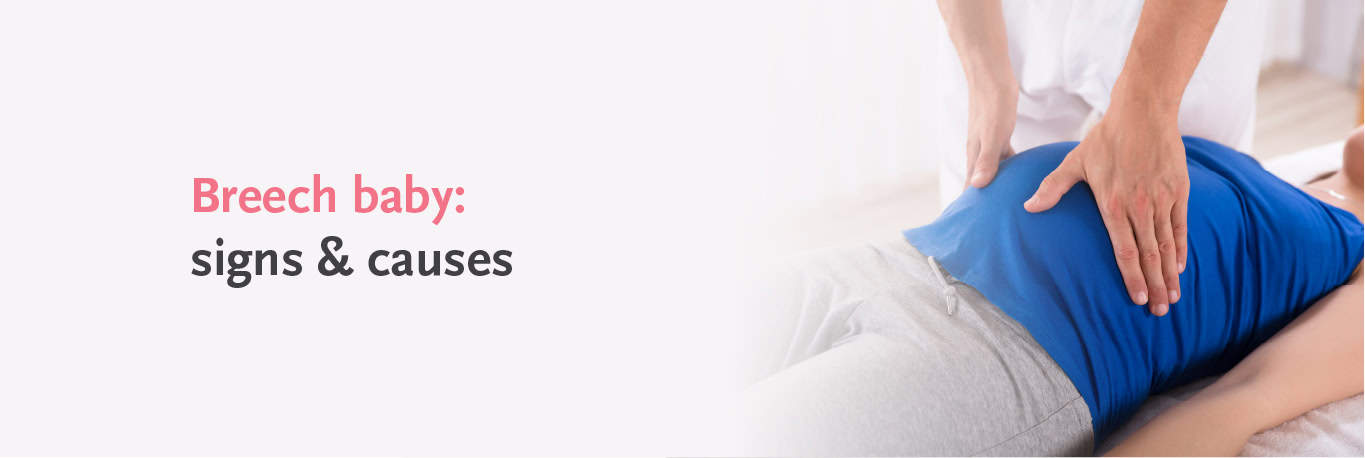Things you need to know
Things you need to know
- Normally, babies automatically change their positions to head-first to prepare for childbirth
- Breech position is very common during the early stages of pregnancy
- If you have a breech baby, you can either change his position or consider C-section
Breech baby
Breech baby
A breech baby or a breech birth happens when a baby is positioned with his buttock or feet first, right before the delivery. In this birth, the baby’s head is positioned towards your chest. The breech is highly common during the initial stages of pregnancy as most babies turn into head-first position automatically.
There are four different types of breech positions that a baby can hold. These include:
- Frank breech
- Complete breech
- Footling breech
- Transverse lie
Breech baby and pregnancy
Breech baby and pregnancy
Breech baby does not affect your pregnancy negatively. However, breech baby complications after birth have an increased risk of birth defects.
If you have planned a normal delivery, your birthing plan may get altered due to a breech baby. In case your baby is in a breech position after 36 weeks of pregnancy, you may need a C-section delivery.
Breech baby causes
Breech baby causes
There are no exact breech baby causes. Several factors contribute to this position of your baby:
- Multiple pregnancies
- Too much amniotic fluid
- Abnormal growths in the uterus
- Placenta previa
- Preterm labour
- Birth defect
Signs of a breech baby
Signs of a breech baby
The common signs of a breech baby include how you feel during your pregnancy.
You may also feel slightly different movements such as the baby’s kicks in the lower belly and a hard lump (baby’s head) closer to the ribs.
Breech birth diagnosis and treatment
Breech birth diagnosis and treatment
Your obstetrician will be able to diagnose breech baby position on a physical examination of your womb. Furthermore, ultrasound scans can be done to confirm this diagnosis.
If you have a breech baby, your healthcare provider will try to change the position of your baby or plan a C-section birth. Common exercises to turn breech baby to a head-first position include:
- Bridge position
- Child’s pose
Some breech babies can be delivered safely through the vagina. However, there is an increased risk of complications of vaginal breech birth, including:
- Injuries to baby’s arms or legs
- Umbilical cord problems




